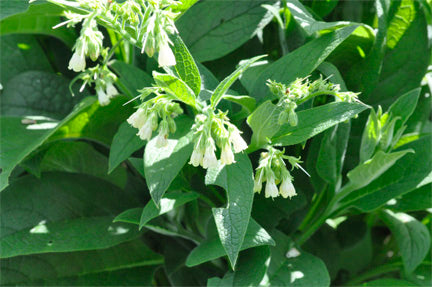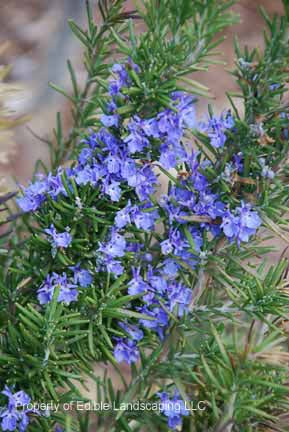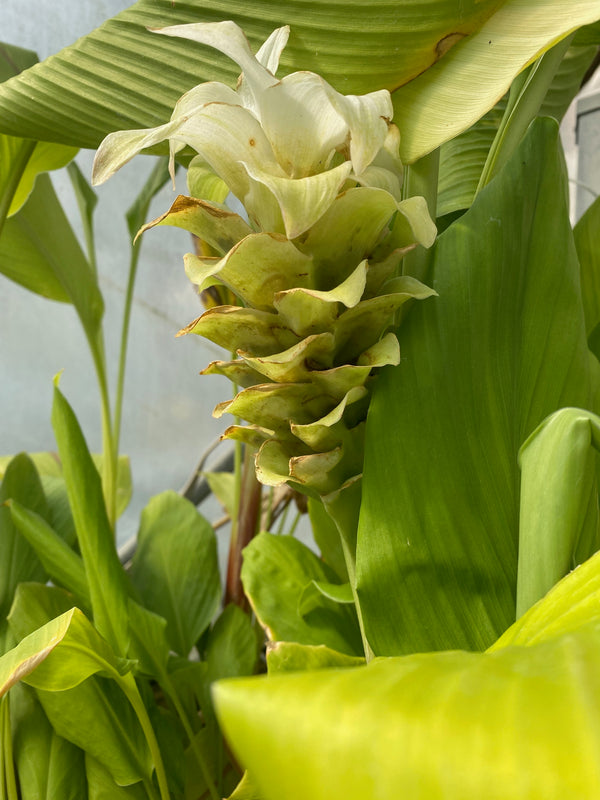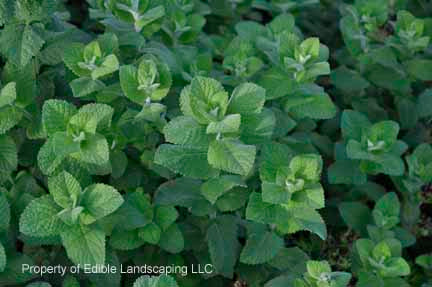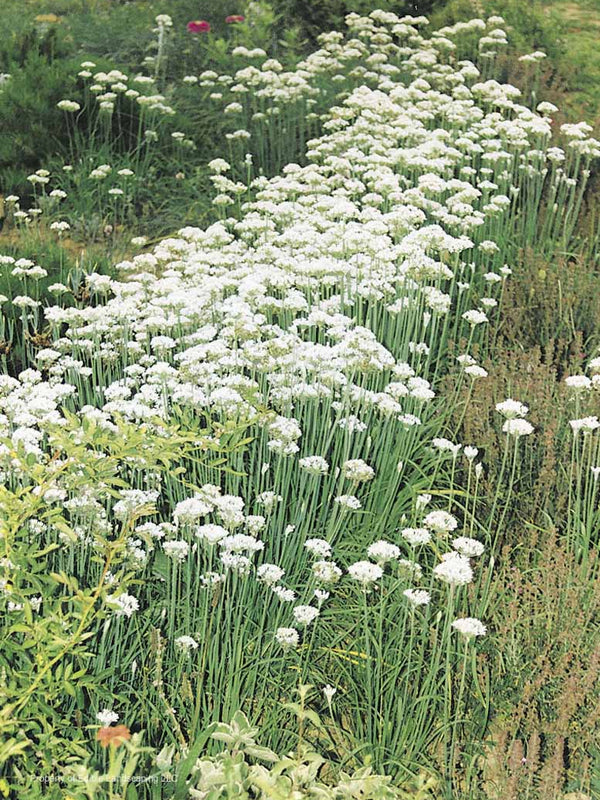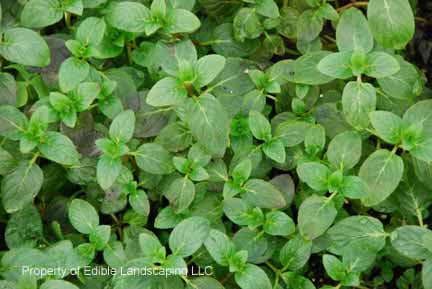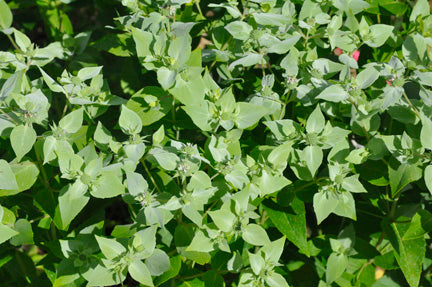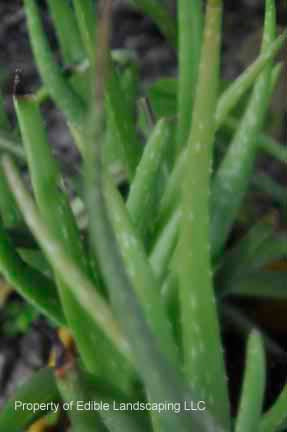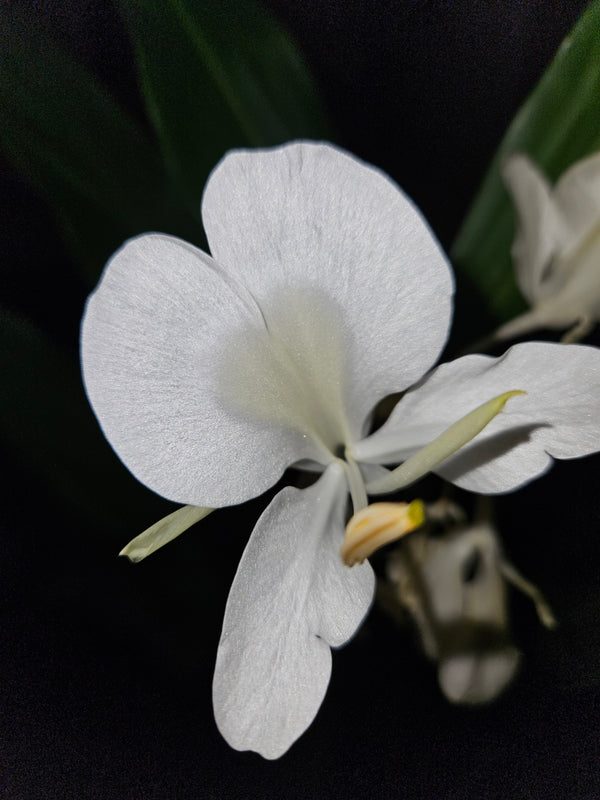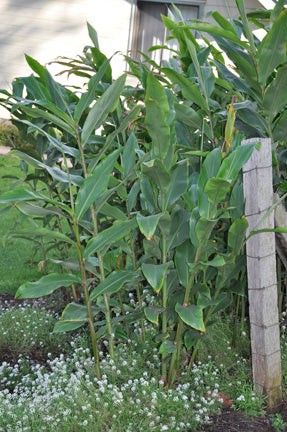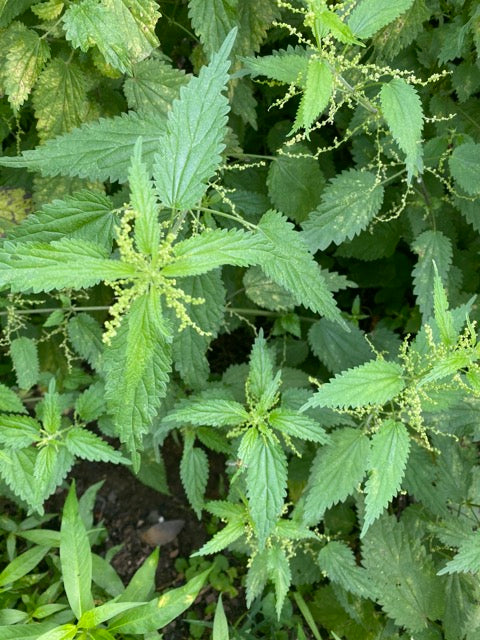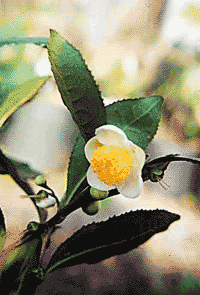
Camellia sinensis
The profuse flowering, dense, round evergreen Camellia sinensis, whose leaves are used for green and black and white tea is an excellent ornamental.Leaves are glossy dark green and fall flowers are white with yellow centers. The bush is compact and round 6'tall and 5' wide. Tea is tender to strong winter winds and can defoliate from being too cold. Tea is as hardy or hardier than most camellia. In zone 7 plants do well protected on the east side of a building. Generally, tea enjoys dappled shade. The bush is not susceptible to insect damage or disease. Leaves are harvested throughout the growing season, picked when they are small. Space 6' circle Zones 6b-8
| Plant Characteristics | |
|---|---|
| Pest Resistance | Excellent |
| Disease Resistance | Excellent |
| Drought Tolerance | Good |
| Heat Tolerance | Good |
| Humidity Tolerance | Very Good |
| Sun Tolerance | Poor |
| Wet Soil Tolerance | Fair |
| Shade Tolerance | Excellent |
| No Spray | Excellent |
| Salt Tolerance | Poor |
| Deer Resistance | Fair |
| Thorns | No |
| Plant Type | Shrub |
| Soil Type | Adaptable |
| Edible Type | Leaf |
| Self Fertile | Yes |
| This information is accurate to the best of our knowledge, comments/opinions are always welcome | |
Harvesting
Cut off twigs with 2-3 of the younger fresher tippy leaves (first flush) then pull off the individual leaves. This also prunes the bush and encourages new growth.
Withering
Lay the leaves out on a sheet of paper in a warm place for 24 hours to wither and lose about 40% of their moisture.
Rolling and Drying
Japanese Style Green Tea - Roll the leaves long ways as tightly as possible between both hands to produce long twist of whole leaf. Place on a sheet of foil in a warm oven (below 100 degrees Celsius, 245 degrees Fahrenheit) for a maximum of 5 minutes. This dries the leaf and stops further fermentation. Do not burn the tea!
Orthodox Indian Tea - Roll the leaves in a circular motion using both hands. press as hard as possible to crush and break the leaves. Put the leaves in a paper bag for a day or two to ferment and lose some of their 'greenness' and develop a drier 'tea character'. Remove any stalk and stem, roll briefly and dry on a sheet of foil in warm oven (below 100 degrees Celsius, 245 degrees Fahrenheit) for a maximum of 5 minutes. Do not burn the tea!
Brewing
Both of these processing methods maintain the leaf size and produce a light tea with natural aroma. One cannot roll the leaves hard enough at home to get a dark strong tea. Place a few leaves in a pot, or Chinese style in a bowl, add boiling water and allow to brew. The liquor should be pale and refreshing. Good Luck!
Aftercare - Trim as require. The best tea is made from freshly formed young leaves.
The Camellia Sinensis or Tea Plant is an elegant, hardy evergreen shrub with small white jasmine like flowers. It is slow growing and best kept to about 4' tall by pruning. It likes reasonably well drained neutral to slightly acid soil in sun or semi-shade, or plant in a container using an ericaceous lime-free compost.
Easy Tea
Pick young leaves. Dry them and store them in a jar. To use, simply bring water to a boil. Turn off stove. Put some leaves in and let them steep. It's that easy.

